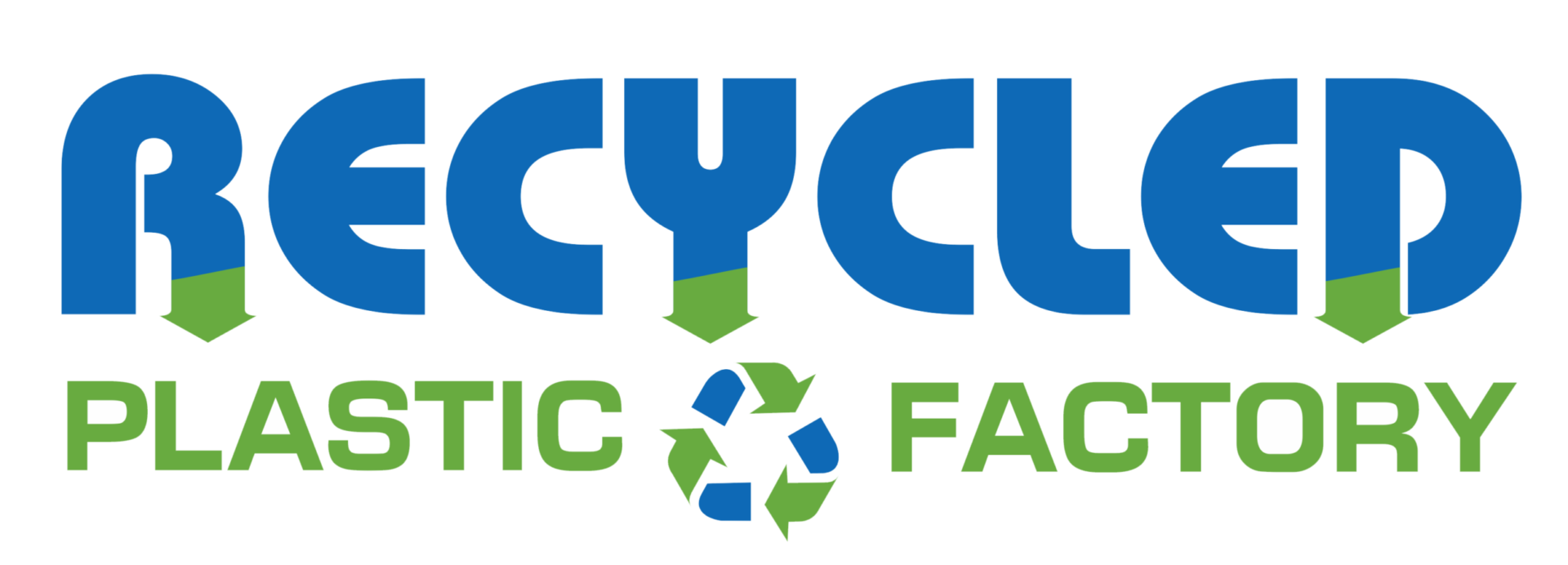Unlocking the Future: Innovative Uses of Recycled Plastic Materials in Everyday Products
As the world grapples with escalating plastic pollution, the innovative uses of recycled plastic materials are swiftly becoming a cornerstone in the transition to a circular economy. According to the World Economic Forum, an estimated 300 million tons of plastic are produced each year, with only about 9% being recycled. This stark reality underscores the urgent need for sustainable solutions.
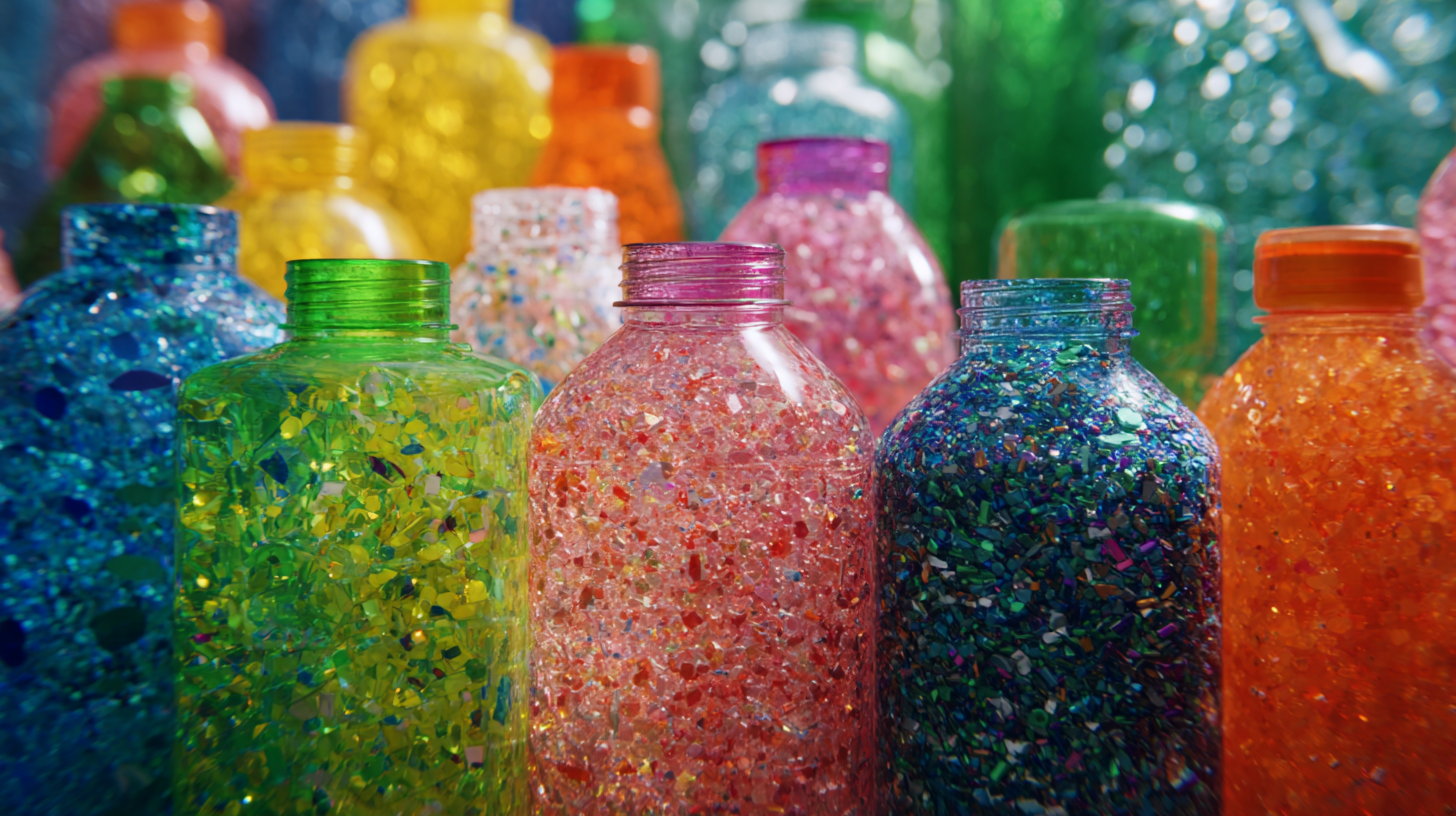
The potential of recycled plastic materials extends far beyond traditional applications; they are now making significant inroads into various everyday products, ranging from fashion to construction materials. Research from the Ellen MacArthur Foundation reveals that if we can enhance the global recycling rate, the plastic market could save up to $70 billion annually by 2025. This paradigm shift not only addresses the environmental crisis but also unlocks economic opportunities, positioning recycled plastic materials as not just a necessity, but a viable path towards innovation and sustainability in our daily lives.
Innovative Approaches to Recycling Plastic in Consumer Goods
In recent years, the innovative approaches to recycling plastic have gained significant traction within the consumer goods sector. Manufacturers are increasingly harnessing advanced technologies to transform waste plastic into high-quality materials for everyday products. For instance, companies are employing chemical recycling methods that break down plastics to their original monomers, enabling them to create new items with the same durability and performance as those made from virgin materials. This process not only minimizes waste but also reduces the reliance on fossil fuels.
Moreover, creative design thinking is driving the integration of recycled plastics into a wide array of products. From stylish apparel to functional home goods, brands are reimagining the potential of recycled materials, creating items that appeal to environmentally-conscious consumers. Many companies are adopting a circular economy model, where products are designed from the outset to be recycled again at the end of their life cycle. This innovative mindset not only promotes sustainability but also encourages consumers to engage in eco-friendly practices, effectively redefining the role of plastic in our daily lives.

Transformative Designs: How Recycled Plastics Enhance Everyday Products
The innovative use of recycled plastics is reshaping everyday products in remarkable ways. As companies embrace a circular economy, the focus has shifted from single-use plastics to sustainably designed items that incorporate recycled materials. This transformative approach not only reduces reliance on virgin plastics derived from fossil fuels but also significantly mitigates the carbon footprint associated with the plastic industry. By rethinking product design, businesses are creating ergonomic, stylish, and functional products that appeal to environmentally-conscious consumers.
In recent developments, various enterprises have started to create unique merchandise from recycled plastic waste. For example, chic souvenirs made from plastic refuse not only serve as fashionable items but also highlight the importance of recycling and reusing materials. As this trend gains momentum, it encourages a broader cultural shift towards sustainability, where products are not just created but are crafted with a clear understanding of their environmental impact. This innovative use of recycled plastics is paving the way for a more sustainable future, integrating eco-friendly practices into the fabric of daily life.
Unlocking the Future: Innovative Uses of Recycled Plastic Materials in Everyday Products
Environmental Impact: Benefits of Using Recycled Plastics in Design
The shift toward utilizing recycled plastics in everyday products not only addresses the growing plastic waste crisis but also offers significant environmental benefits.
According to a report from the Ellen MacArthur Foundation, shifting to a circular economy model in plastics could reduce greenhouse gas emissions by 25% by 2030. The recycling process utilizes less energy compared to producing virgin plastics, resulting in an estimated reduction of 1.7 tons of CO2 emissions for every ton of recycled plastic used.
Moreover, products made from recycled plastics contribute to resource conservation. The National Association for PET Container Resources (NAPCOR) highlights that increasing the use of recycled PET (rPET) can save up to 75% of the energy required to produce new PET products. This not only minimizes reliance on fossil fuels but also lessens the burden on landfills, where plastic waste can take up to 1,000 years to decompose. As businesses innovate and embrace recycled materials, they pave the way for a more sustainable future, marking a critical step in improving our environmental footprint.
Case Studies: Successful Brands Utilizing Recycled Plastic Materials
Several brands have stepped forward to embrace the use of recycled plastic materials, showcasing innovative approaches that benefit both the environment and their product lines. For instance, Adidas has launched the Parley line of footwear, which incorporates recycled ocean plastic in its design. This collaboration not only repurposes waste but also raises awareness about plastic pollution in oceans, demonstrating a successful merge of sustainability and style.
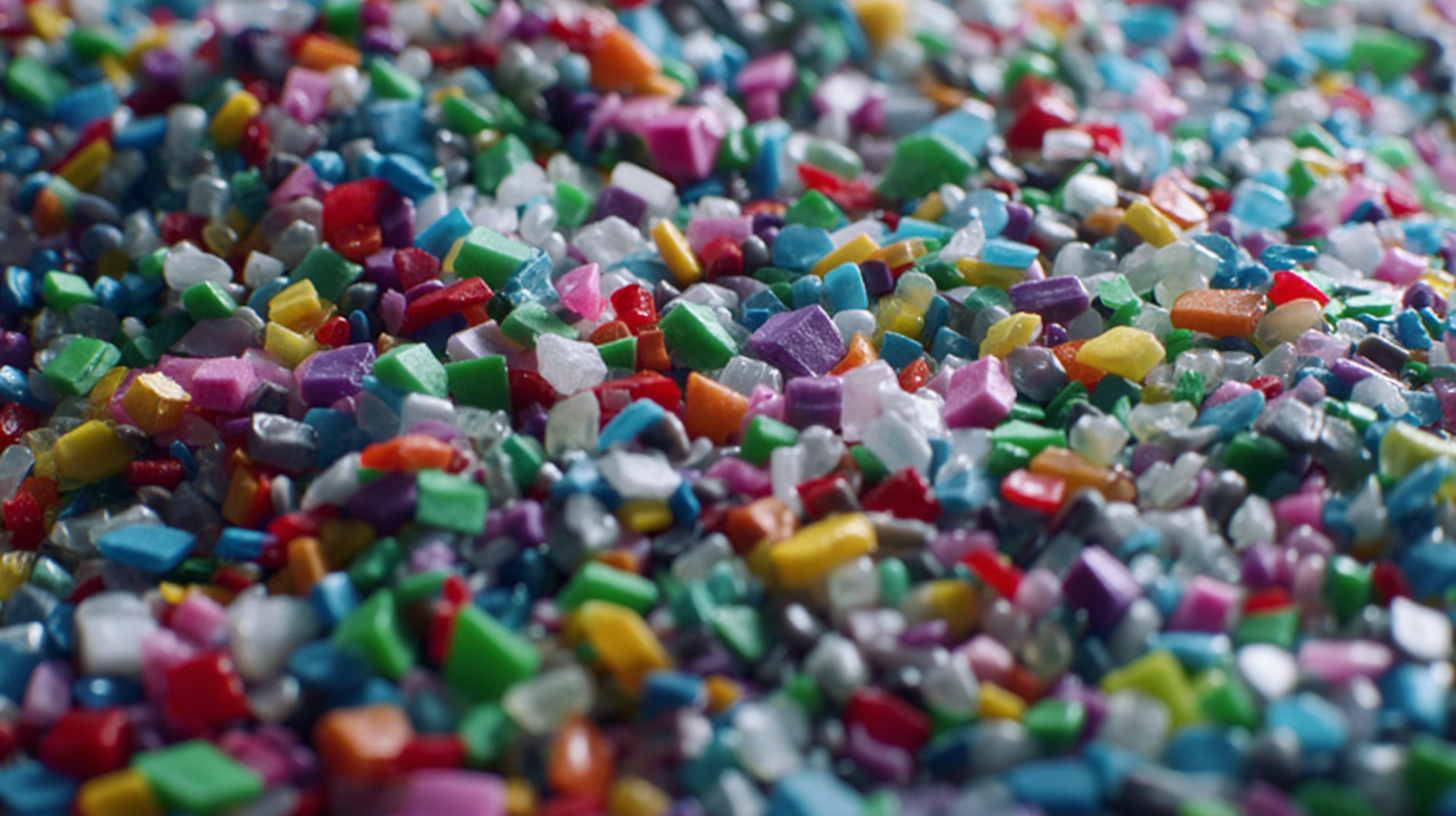
Another notable example is Coca-Cola, which has introduced its "World Without Waste" initiative. The company aims to increase its use of recycled materials in packaging by pledging to make its bottles from 50% recycled plastic by 2030. These efforts highlight the potential of recycled materials in a global beverage brand, inspiring other companies to rethink their packaging strategies and reduce their carbon footprints. Through these case studies, it's clear that integrating recycled plastics not only serves ecological goals but also resonates with consumers increasingly seeking sustainable choices in their everyday products.
Future Trends: The Evolution of Recycled Plastics in Market Solutions
The global recycled plastics market is poised for significant growth, reflecting a pivotal shift in consumer preferences towards sustainable products. By 2024, the bioplastics market is projected to reach an impressive value of approximately $962.5 million, continuing to evolve towards an estimated $1.43 billion by 2032, with an annual growth rate of 5.1%. This burgeoning market indicates a robust demand for innovative materials that align with the principles of a circular economy, emphasizing the importance of rethinking traditional linear production and consumption models.
Furthermore, the cosmetics packaging sector exemplifies this trend, as over 70% of brands are now adopting eco-friendly solutions to meet consumer desires for sustainable options. The increasing emphasis on product lifecycle improvement underscores the manufacturing industry's commitment to addressing climate change challenges. As recycled plastic materials become integral to various market solutions, their role in everyday products will continue to expand, driving advancements in sustainability and innovation across industries.
Related Posts
-
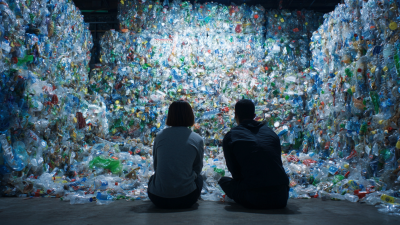
How to Achieve a Sustainable Future with Recycled Plastic Innovations
-
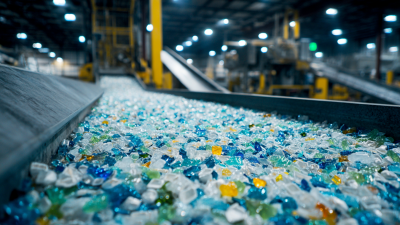
Transforming Tomorrow: The Surprising Benefits of Recycled Plastic in Everyday Products
-
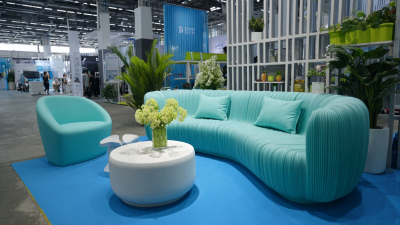
Exploring Market Trends in Recycled Plastic Furniture at the 138th Canton Fair 2025
-
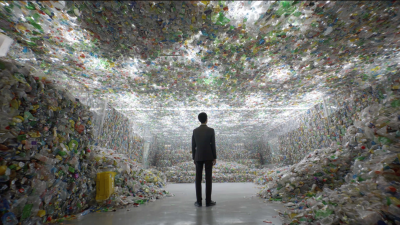
Exploring the Future of Recycled Materials at the 138th Canton Fair 2025
-

Exploring the Innovative World of Gerecycled Plastic and Its Impact on Sustainable Living
-
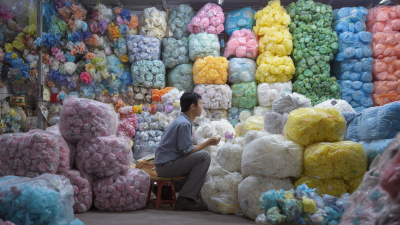
Driving Sustainability: The Role of Recycled Plastic Materials in China's 138th Import and Export Fair 2025
